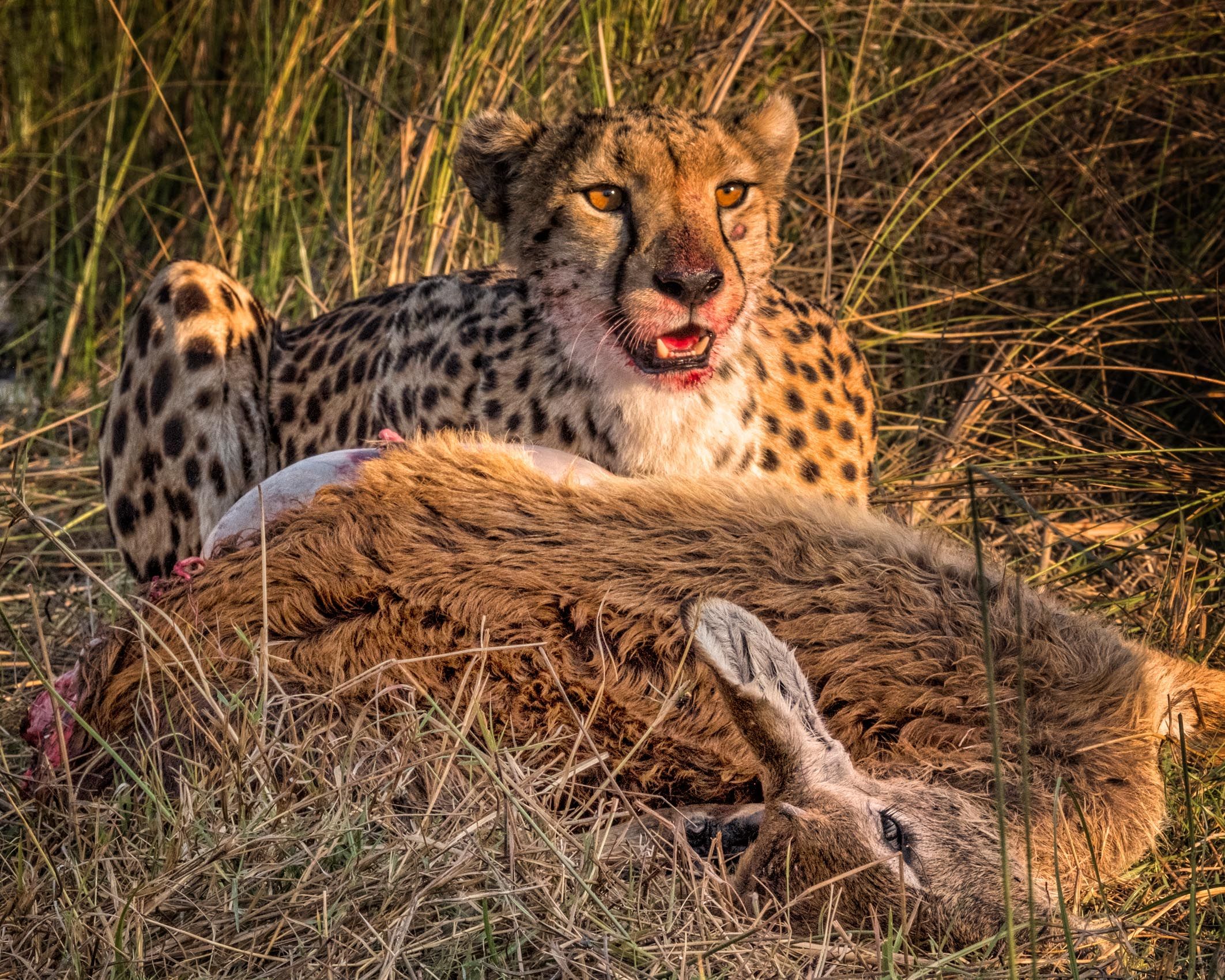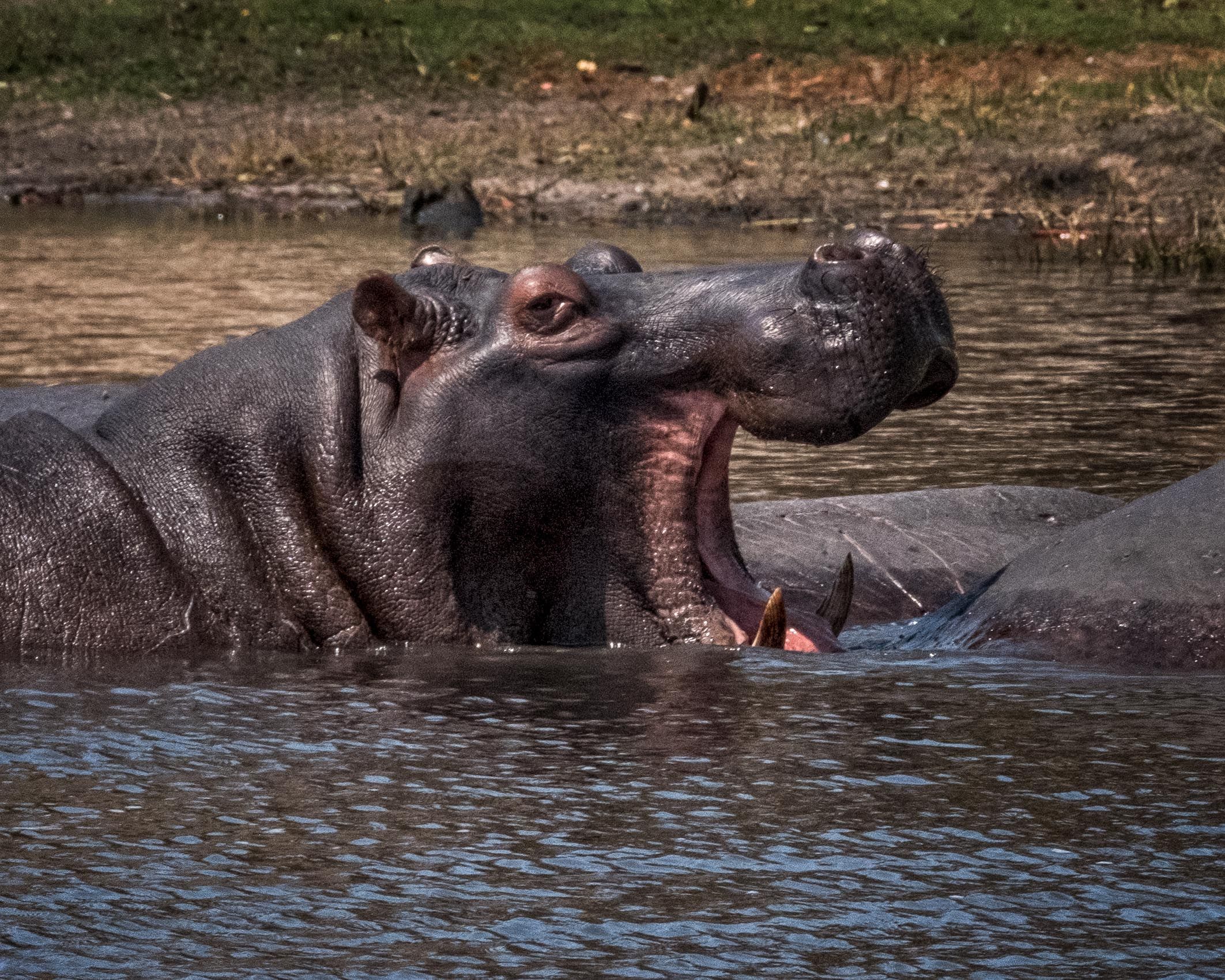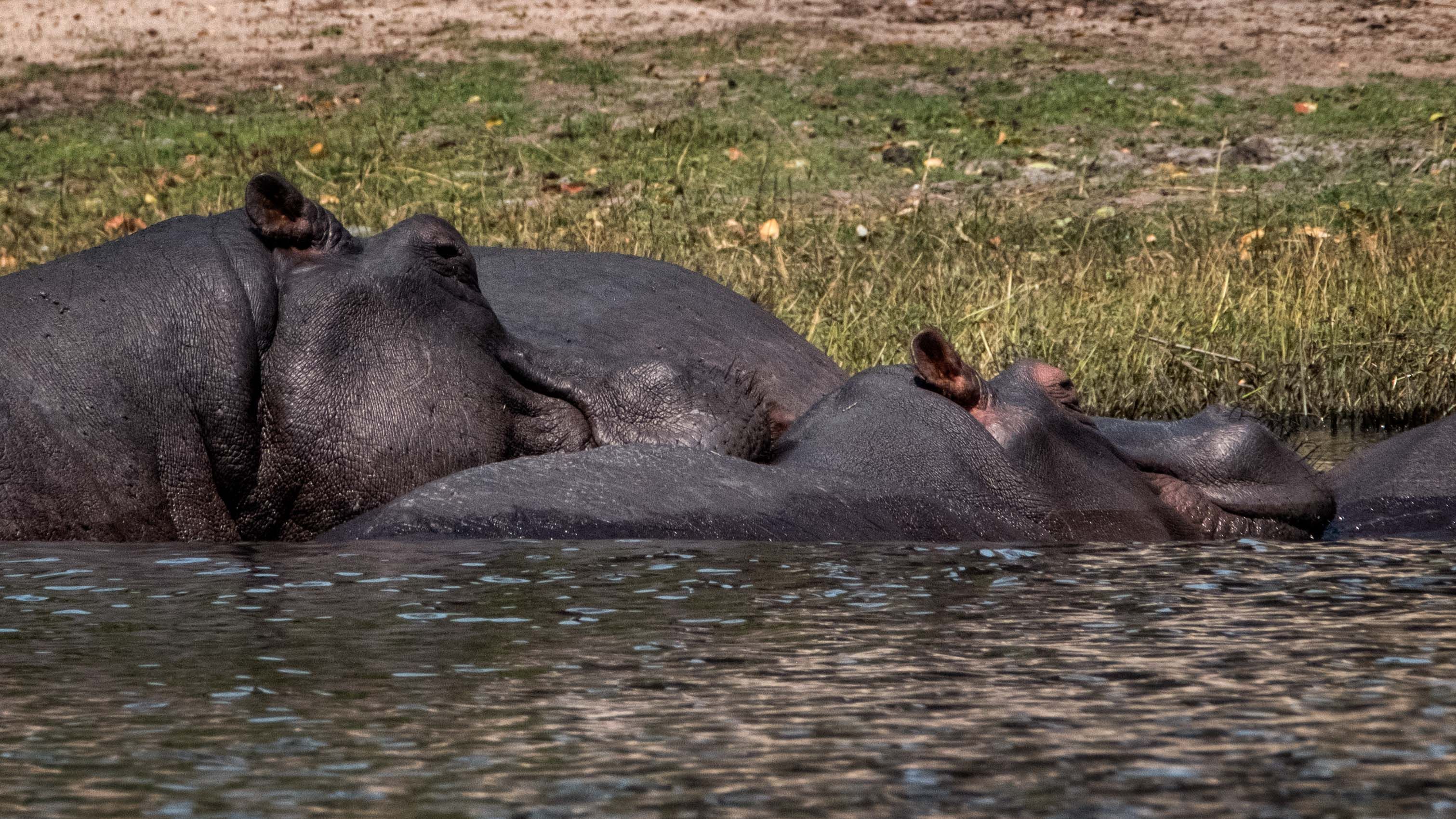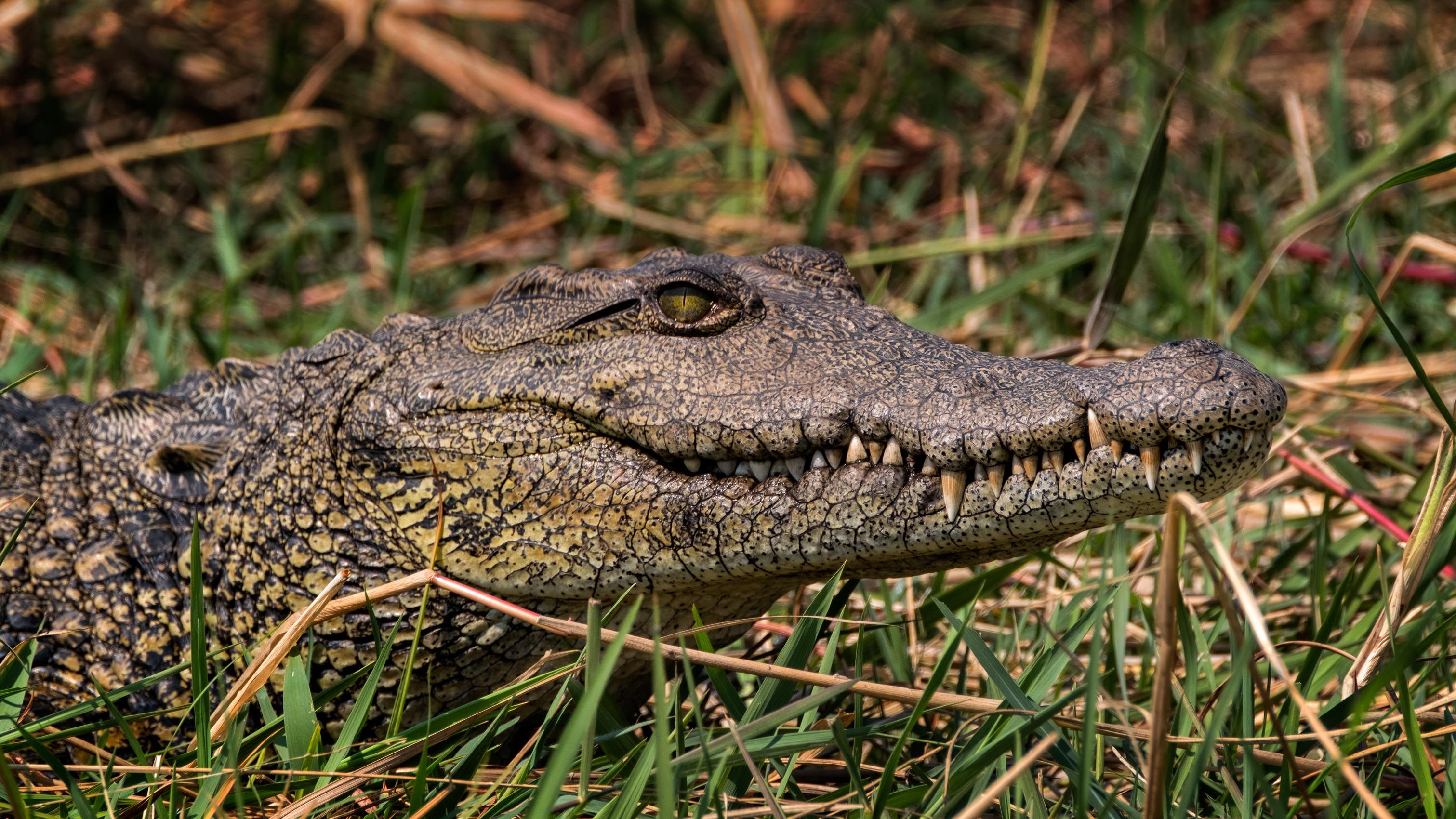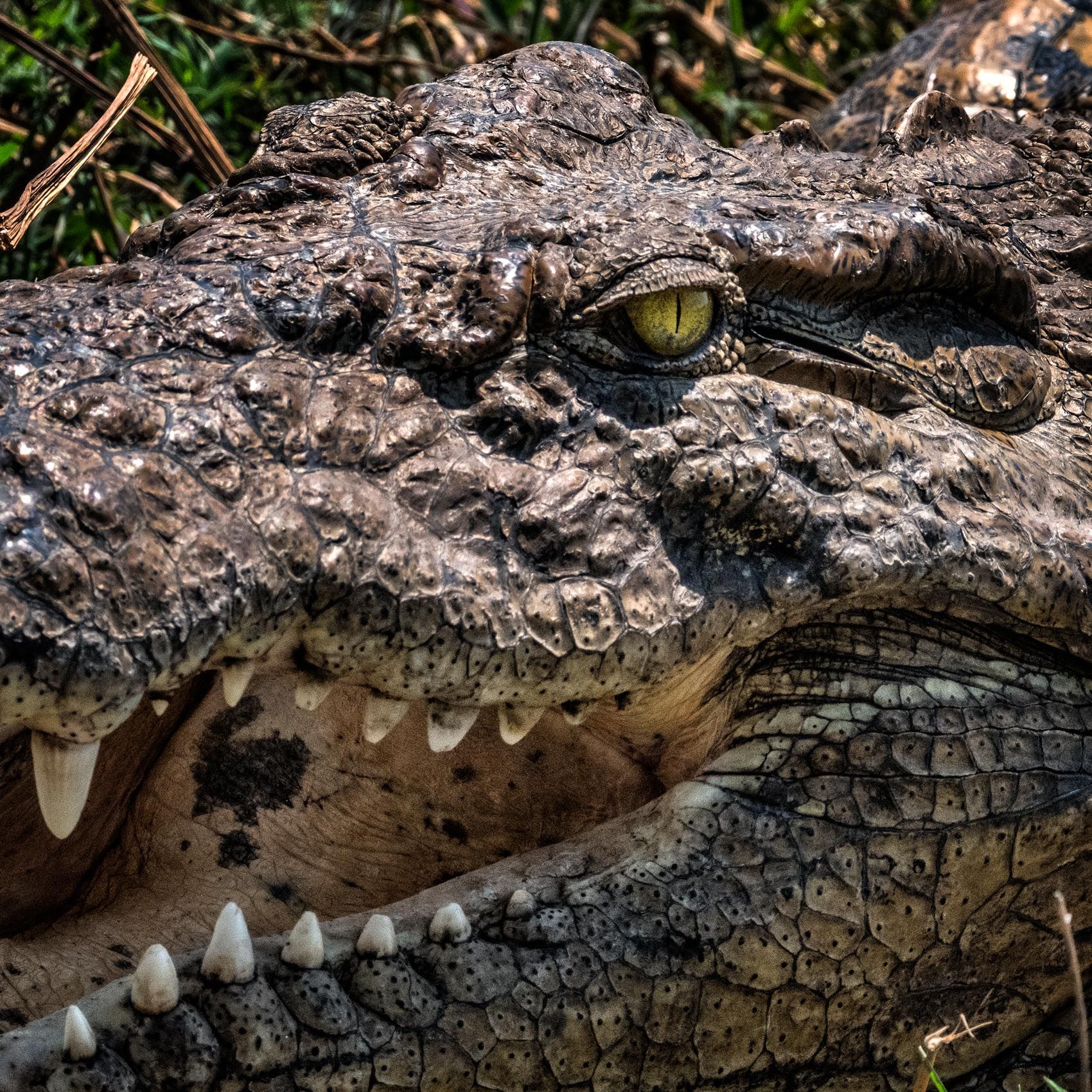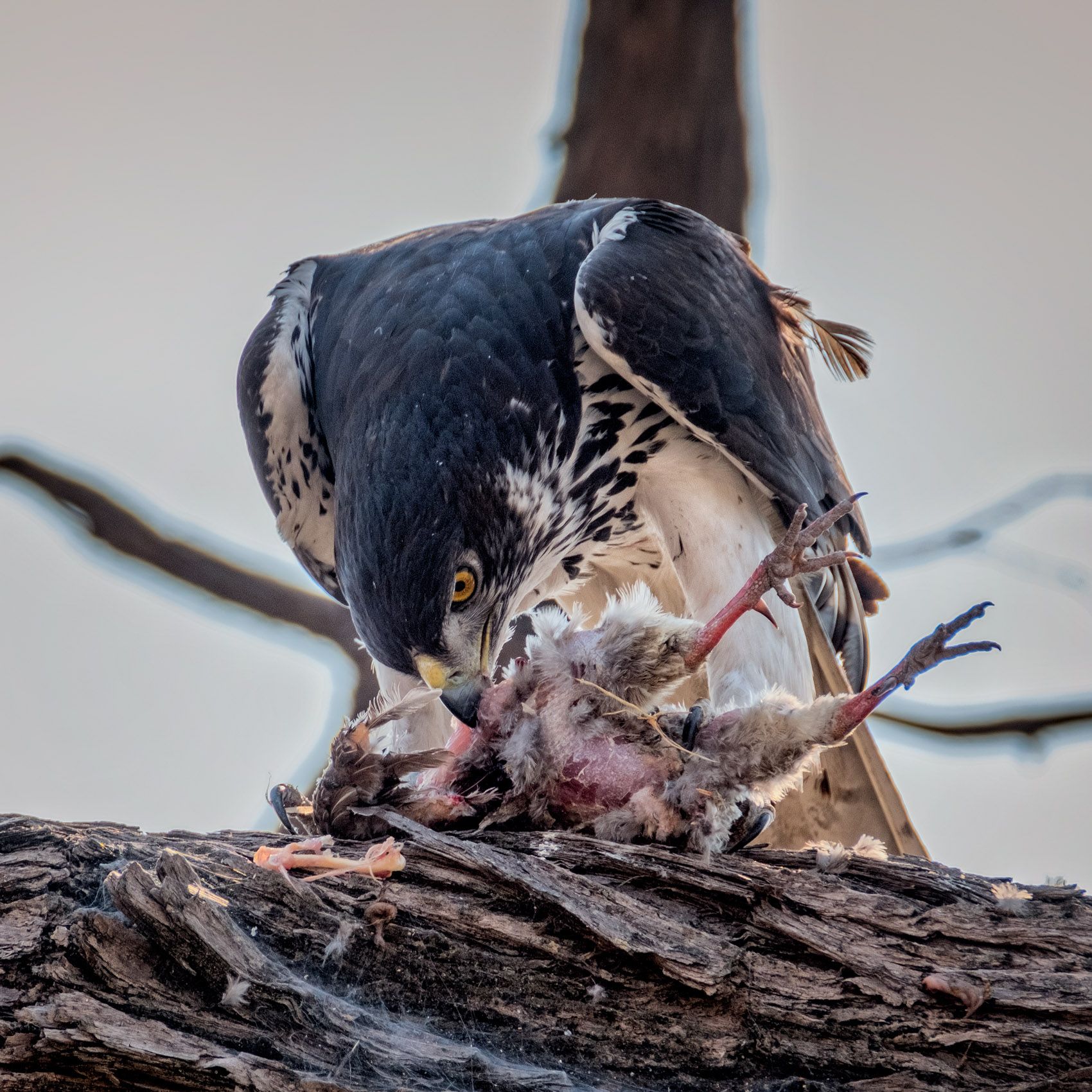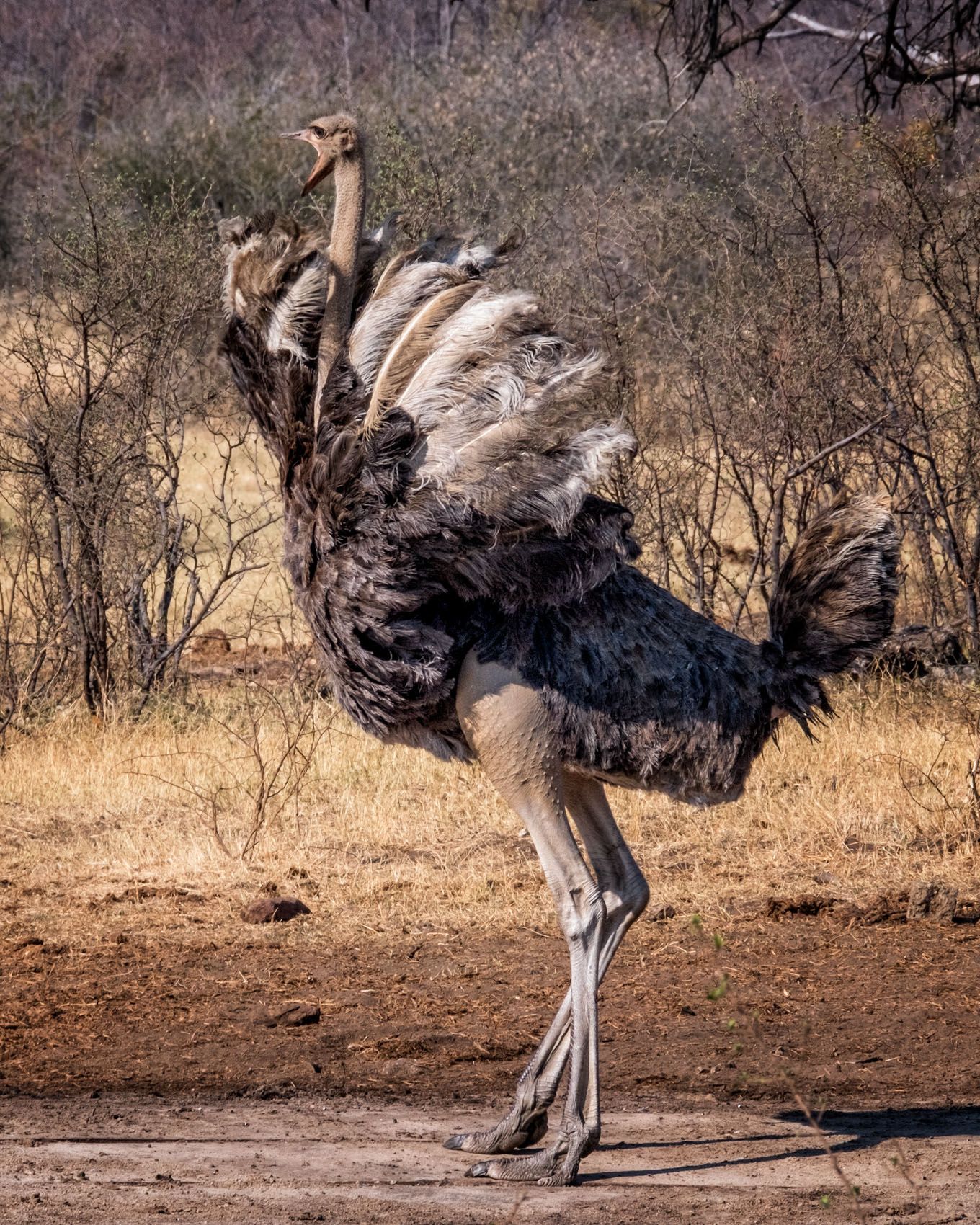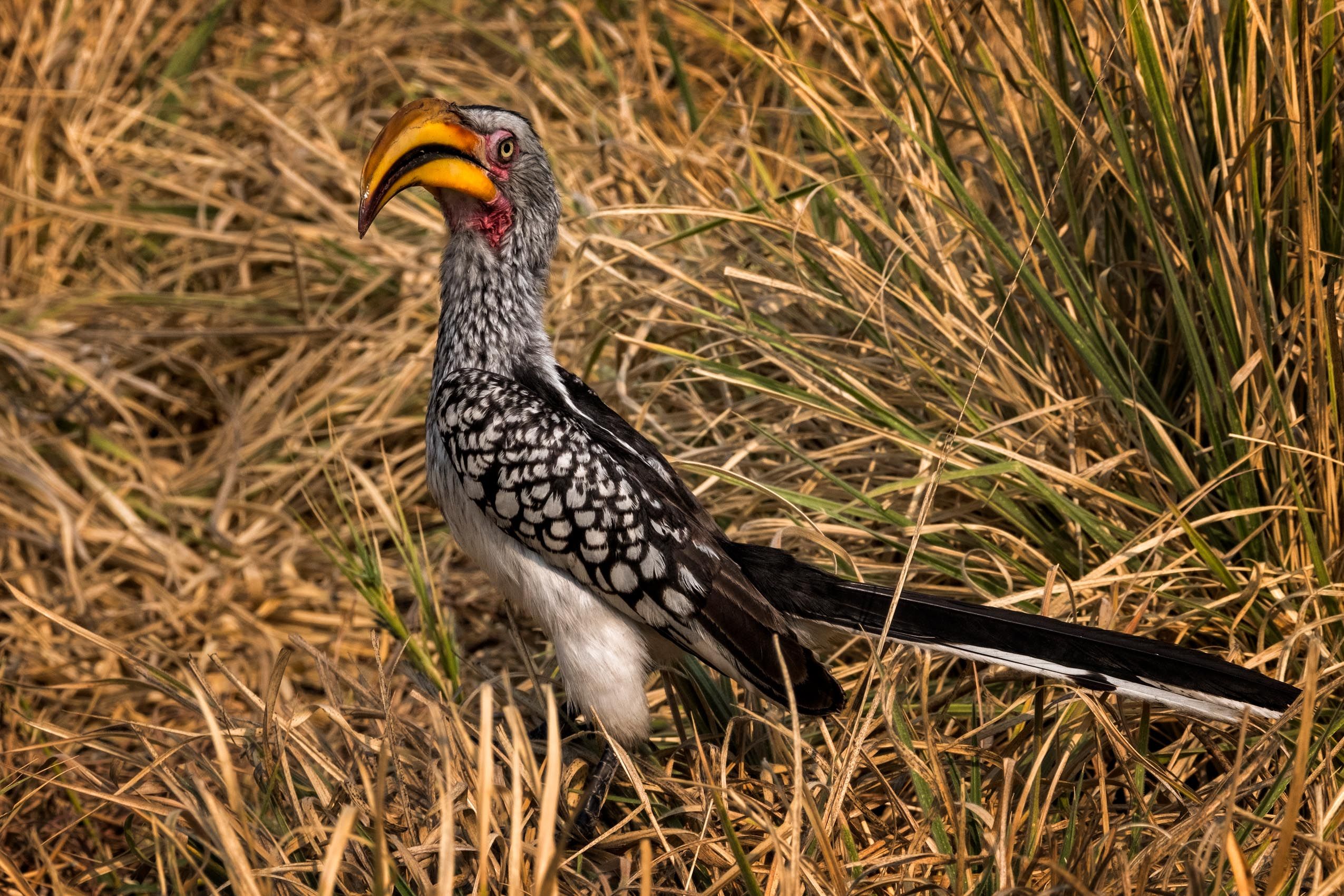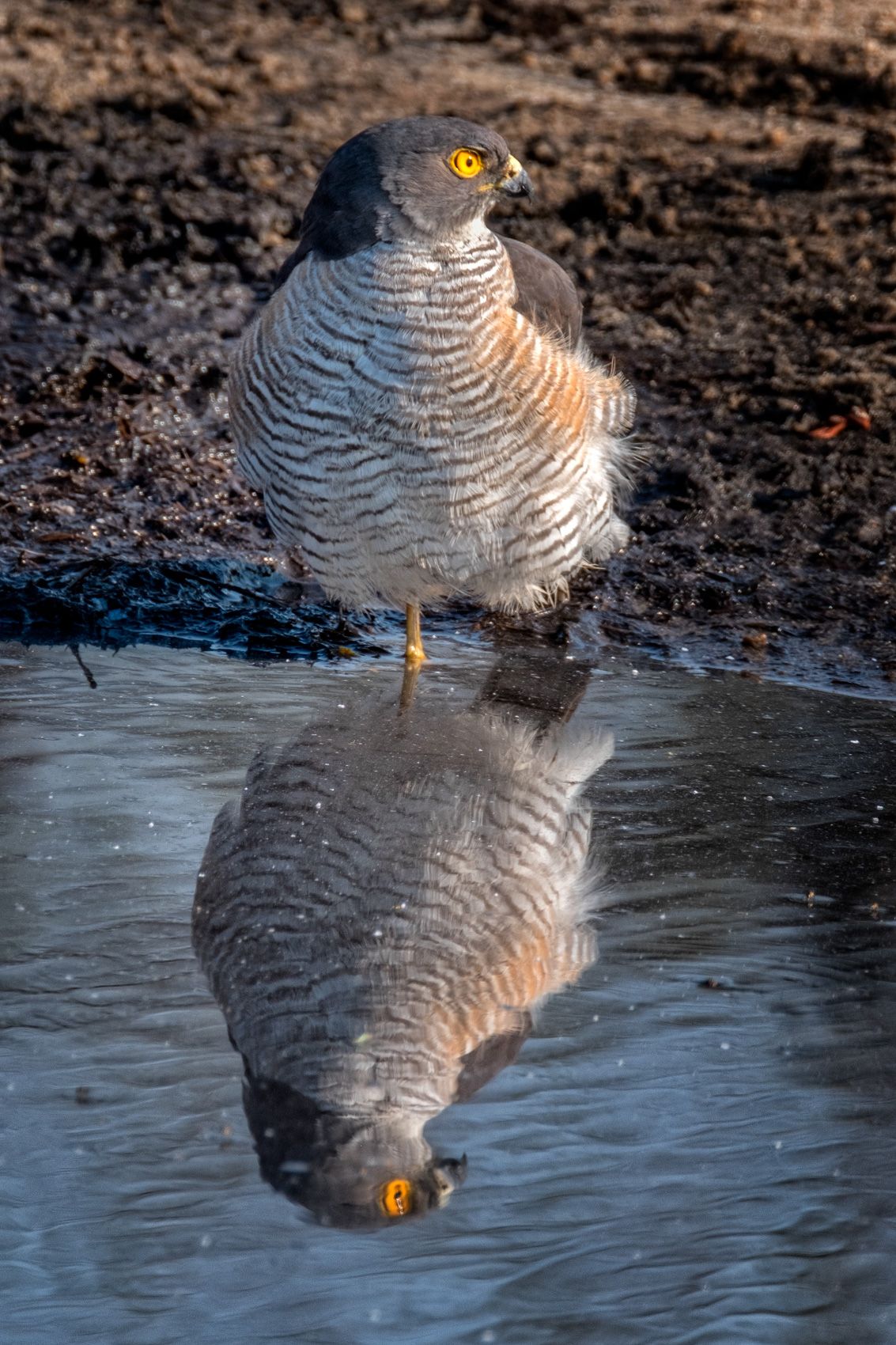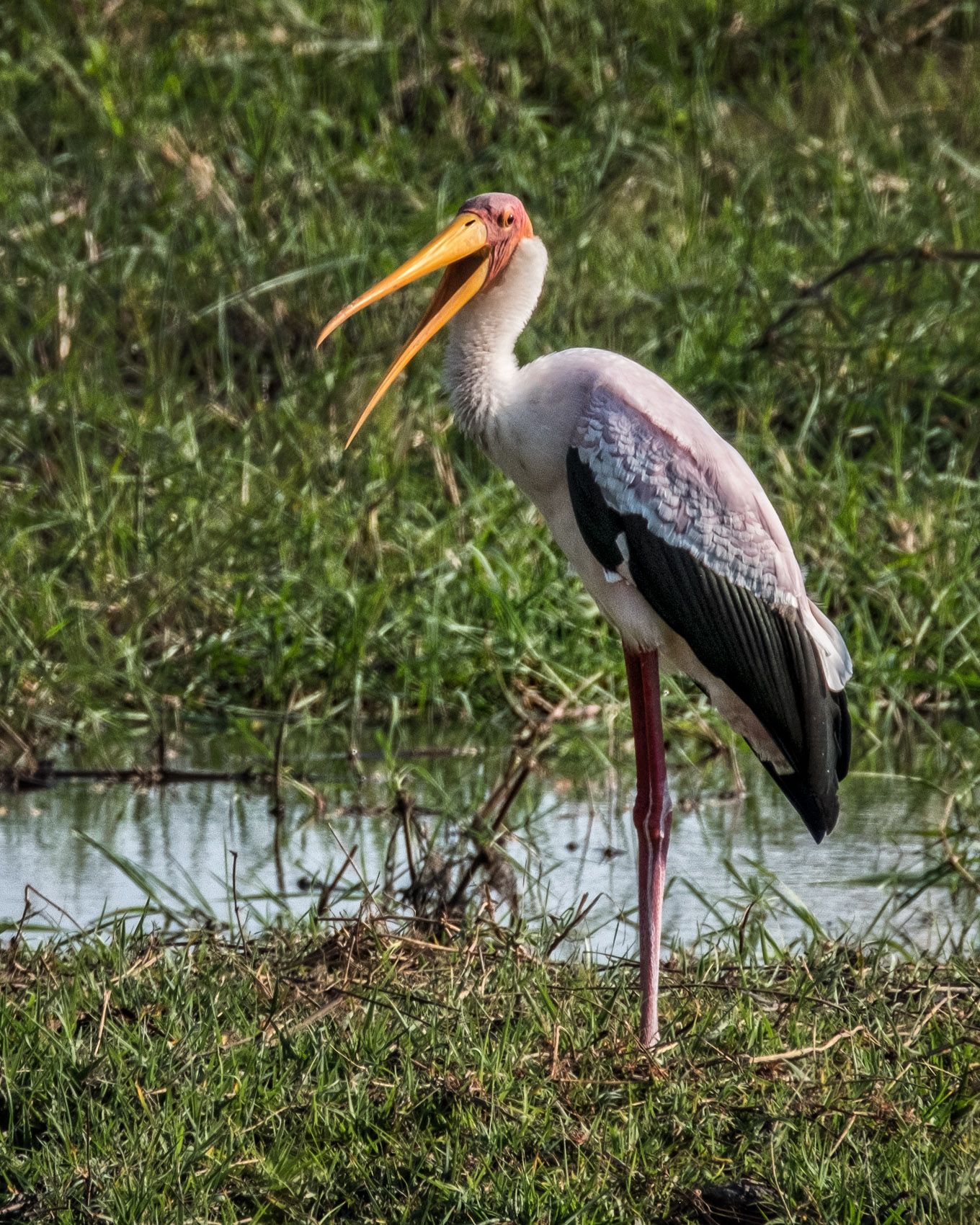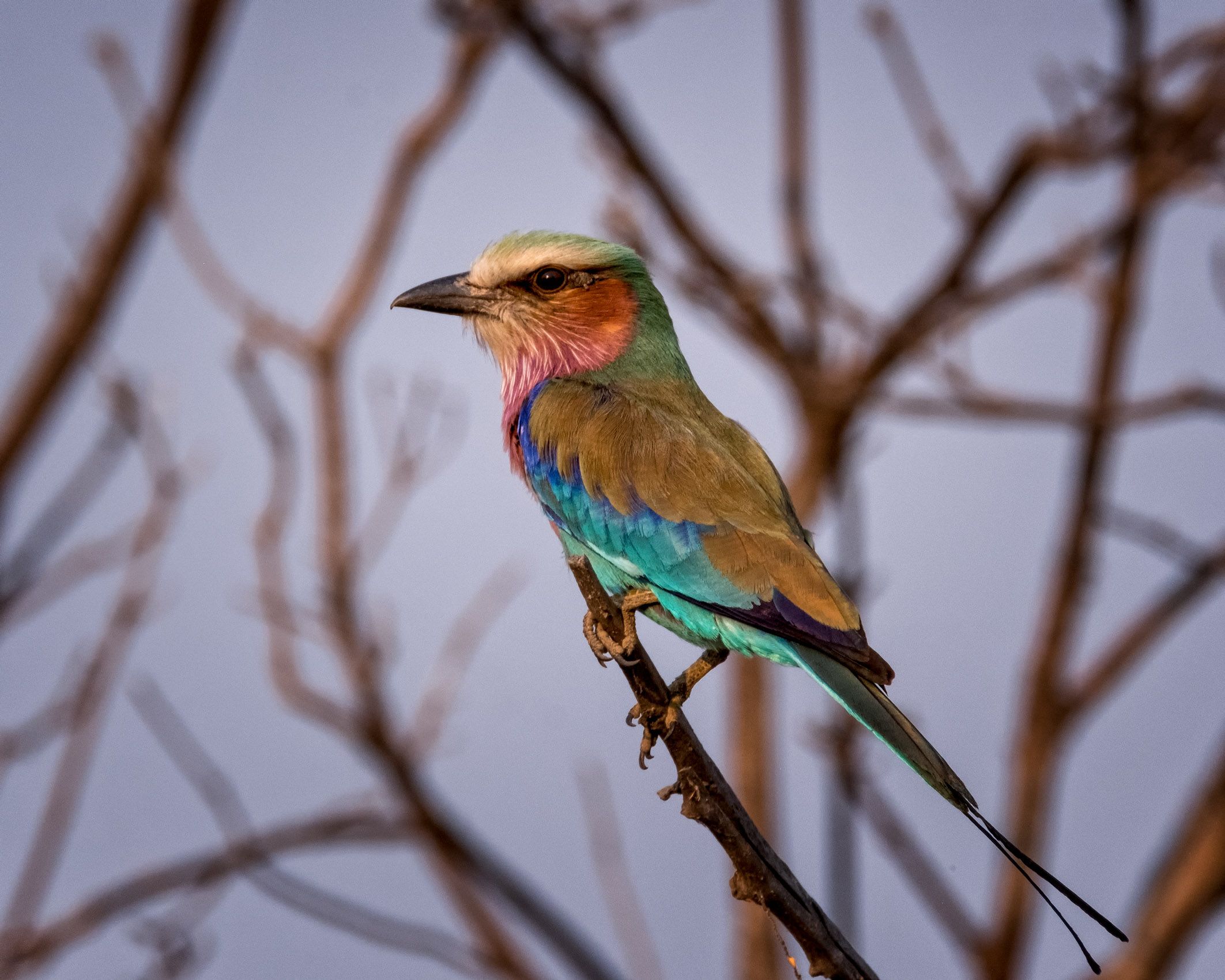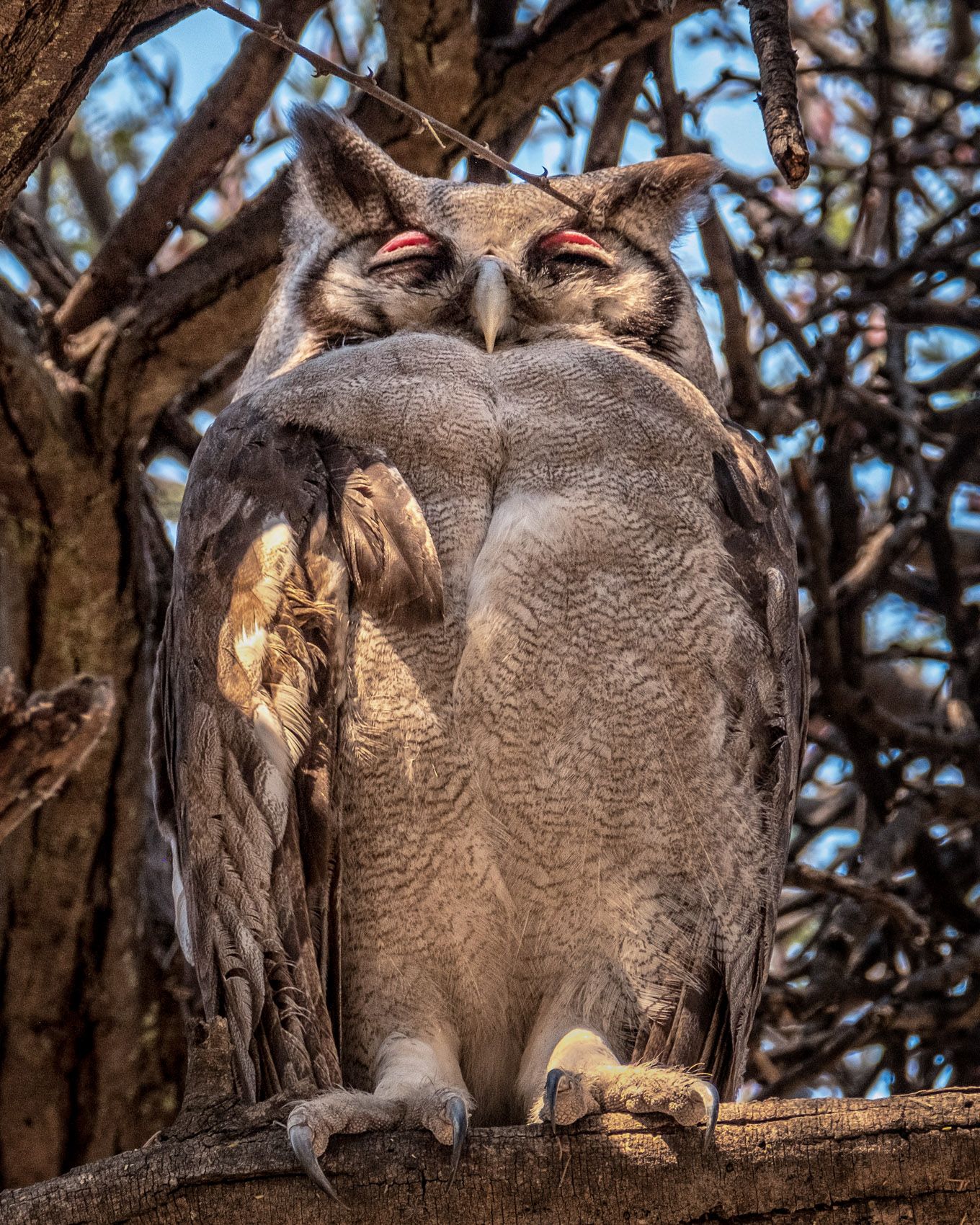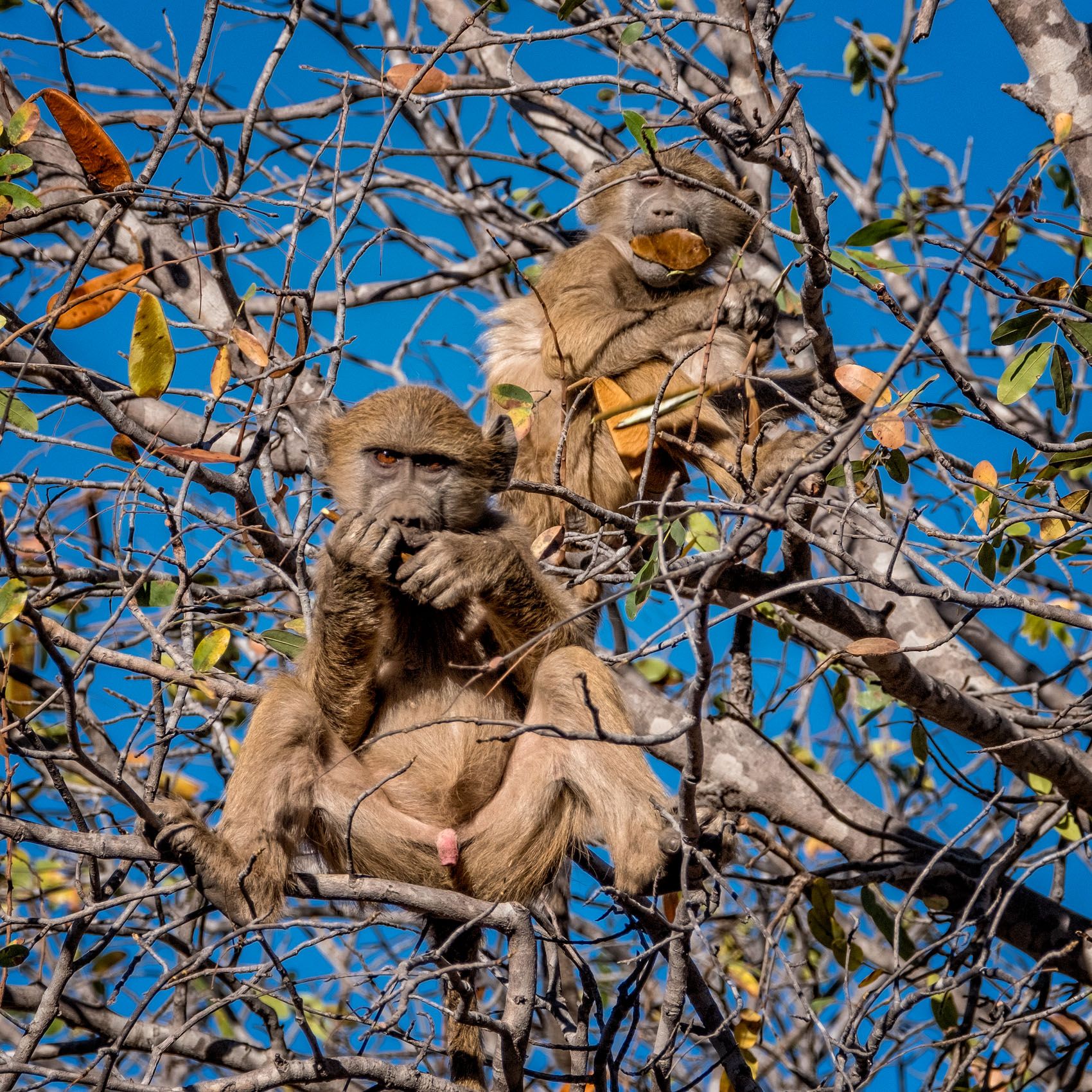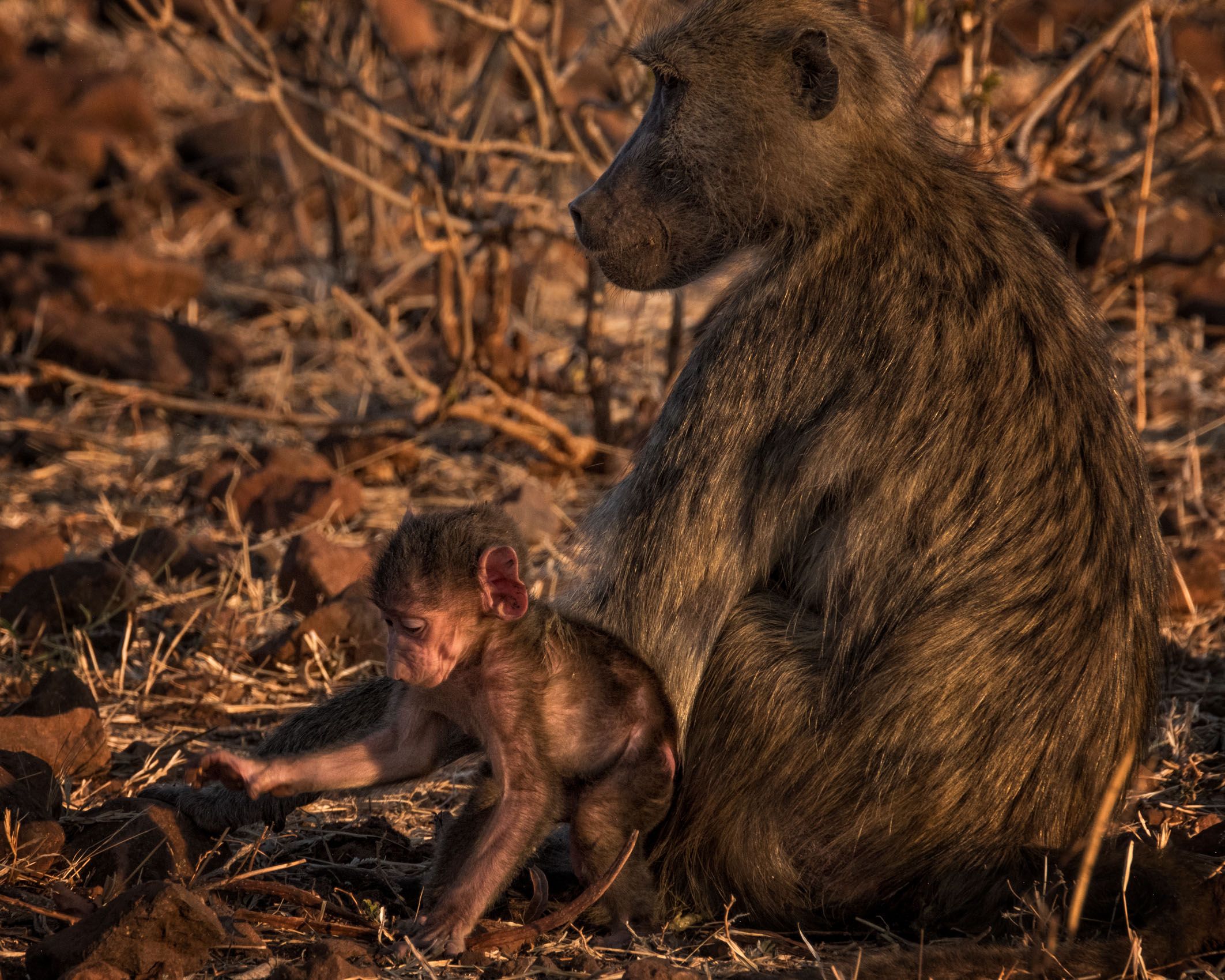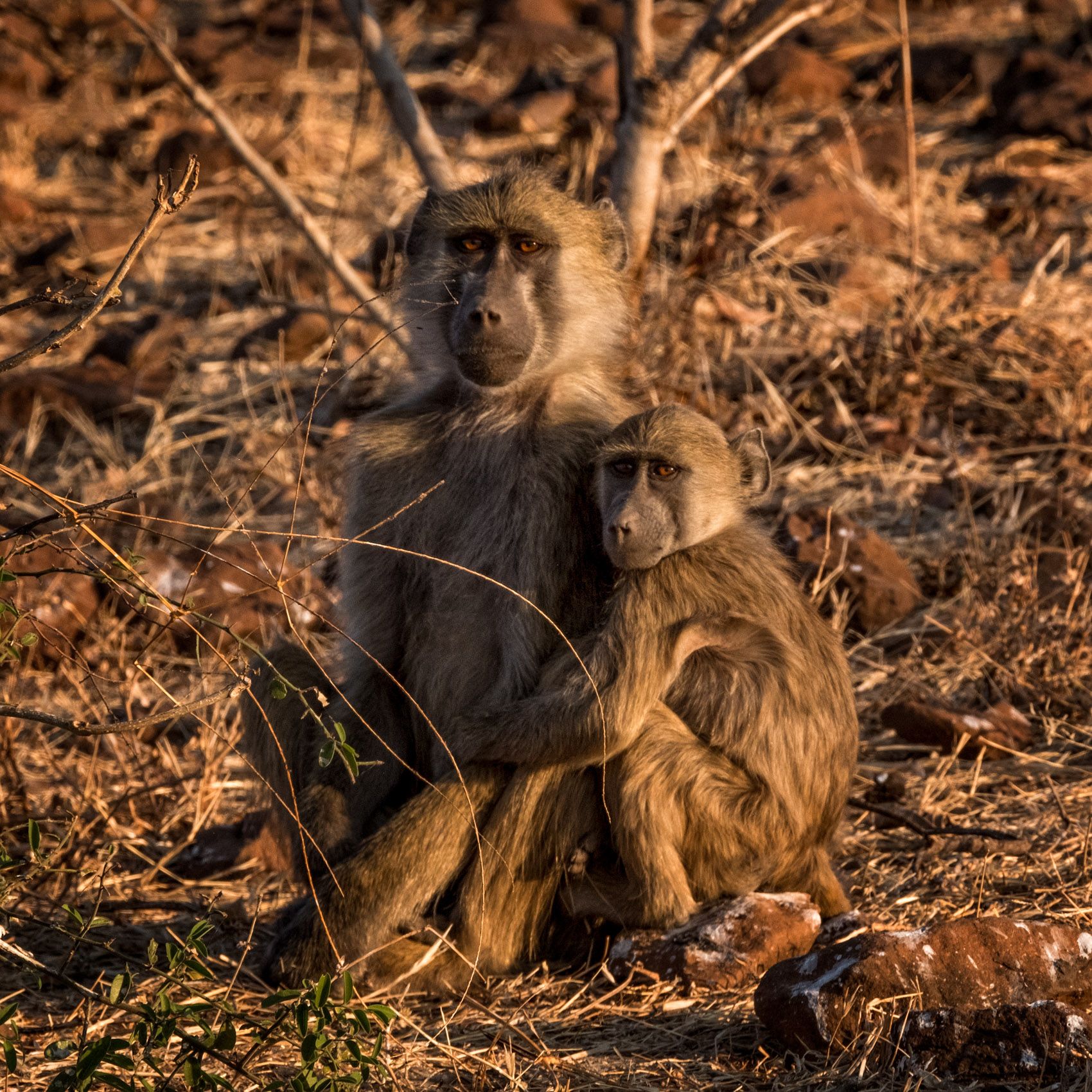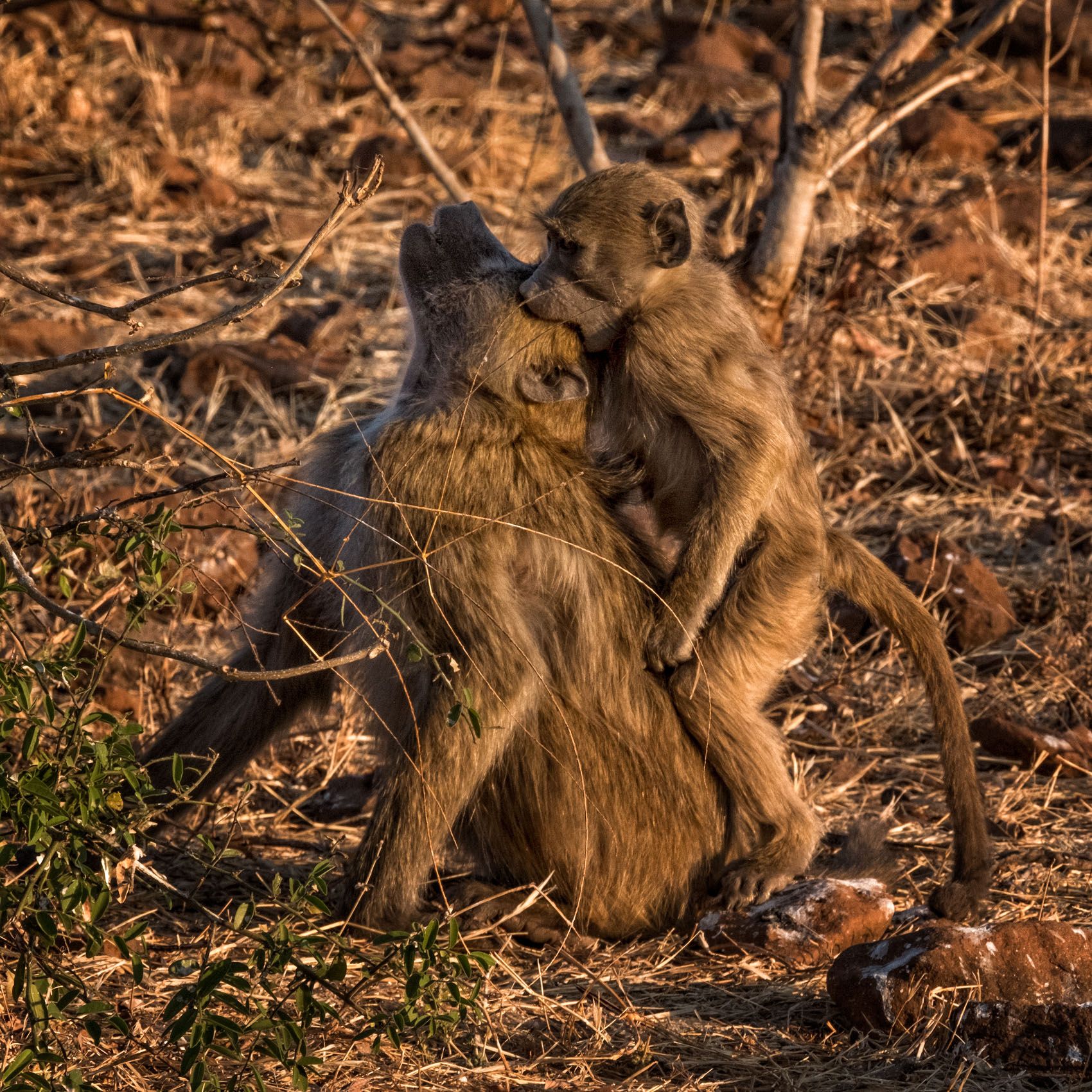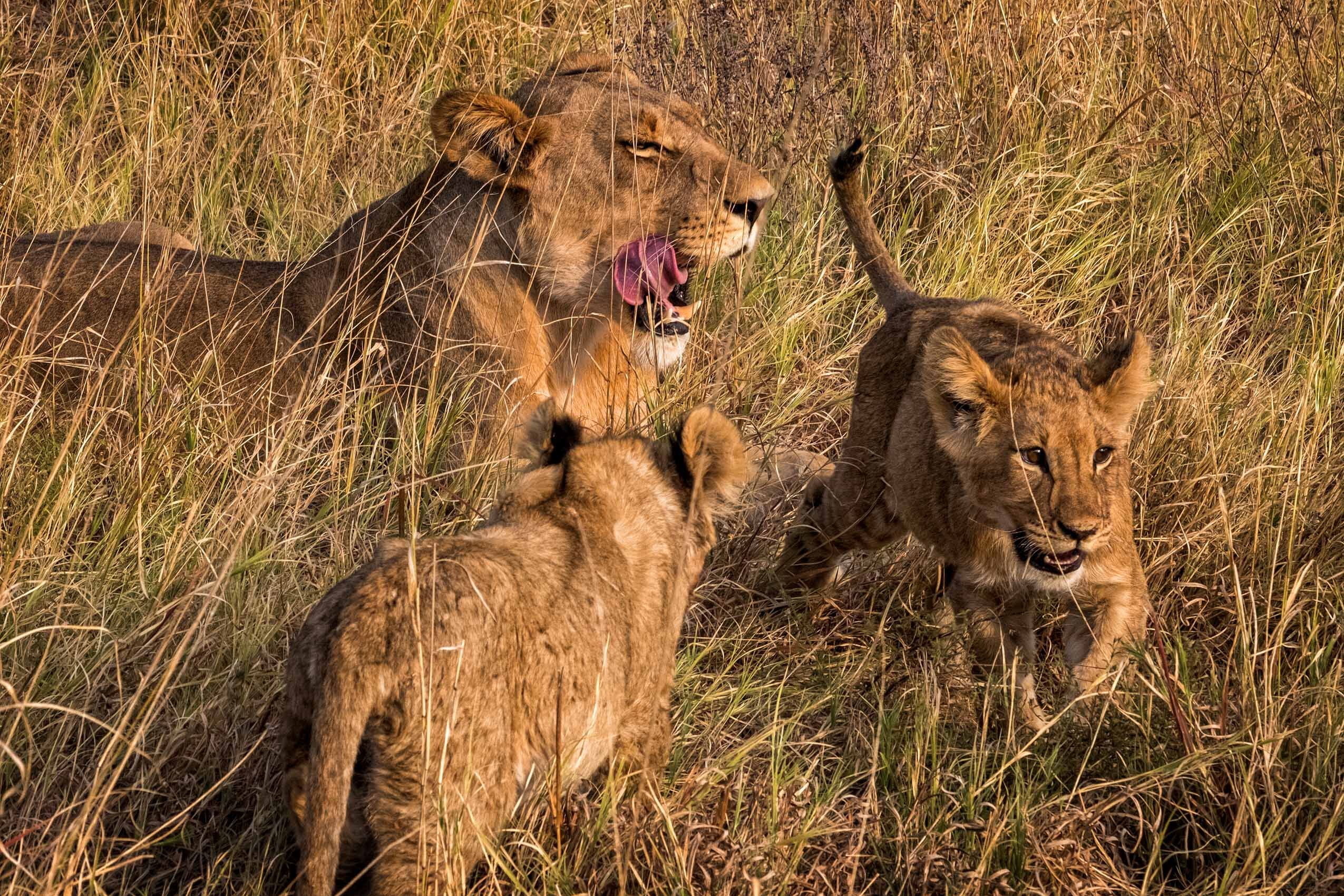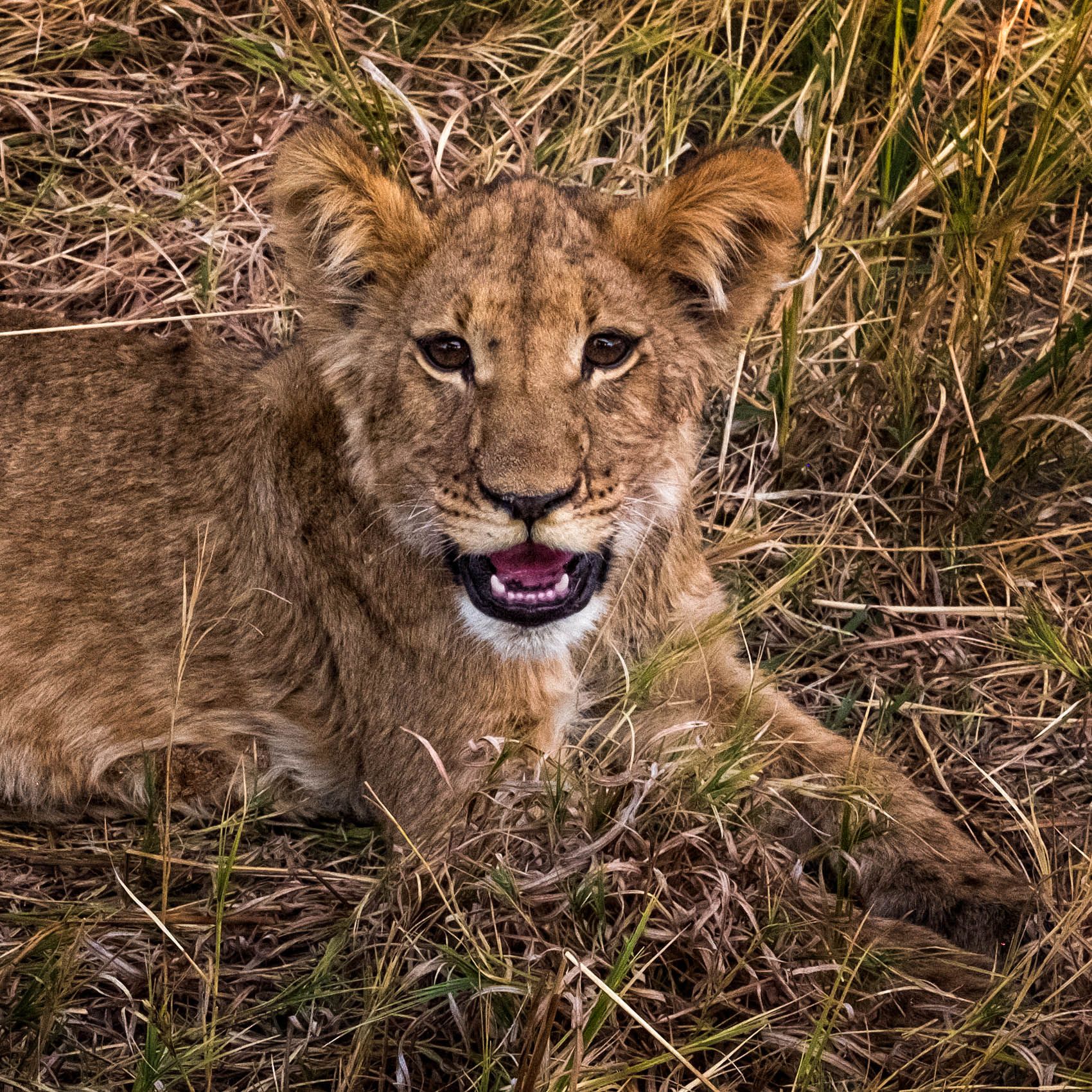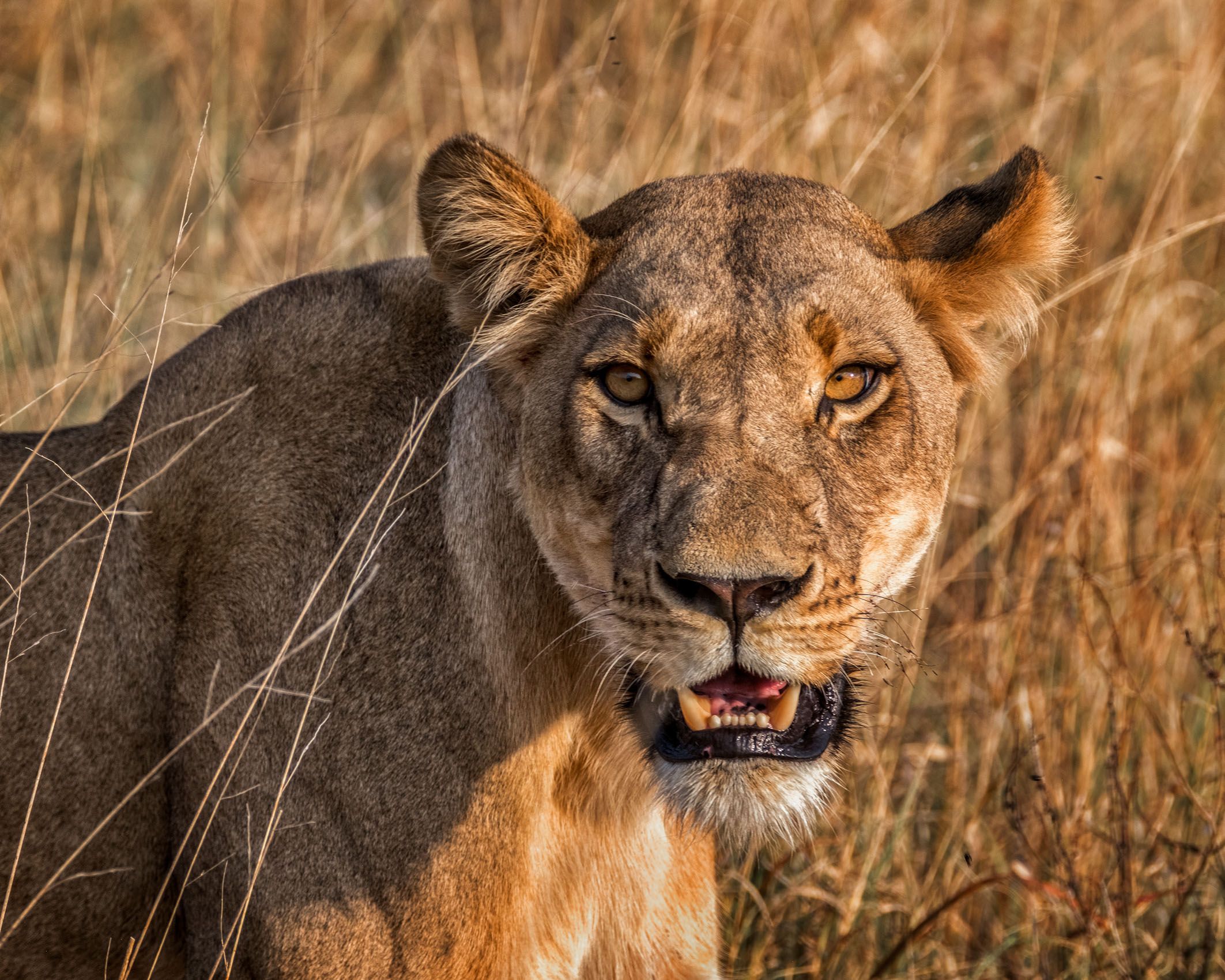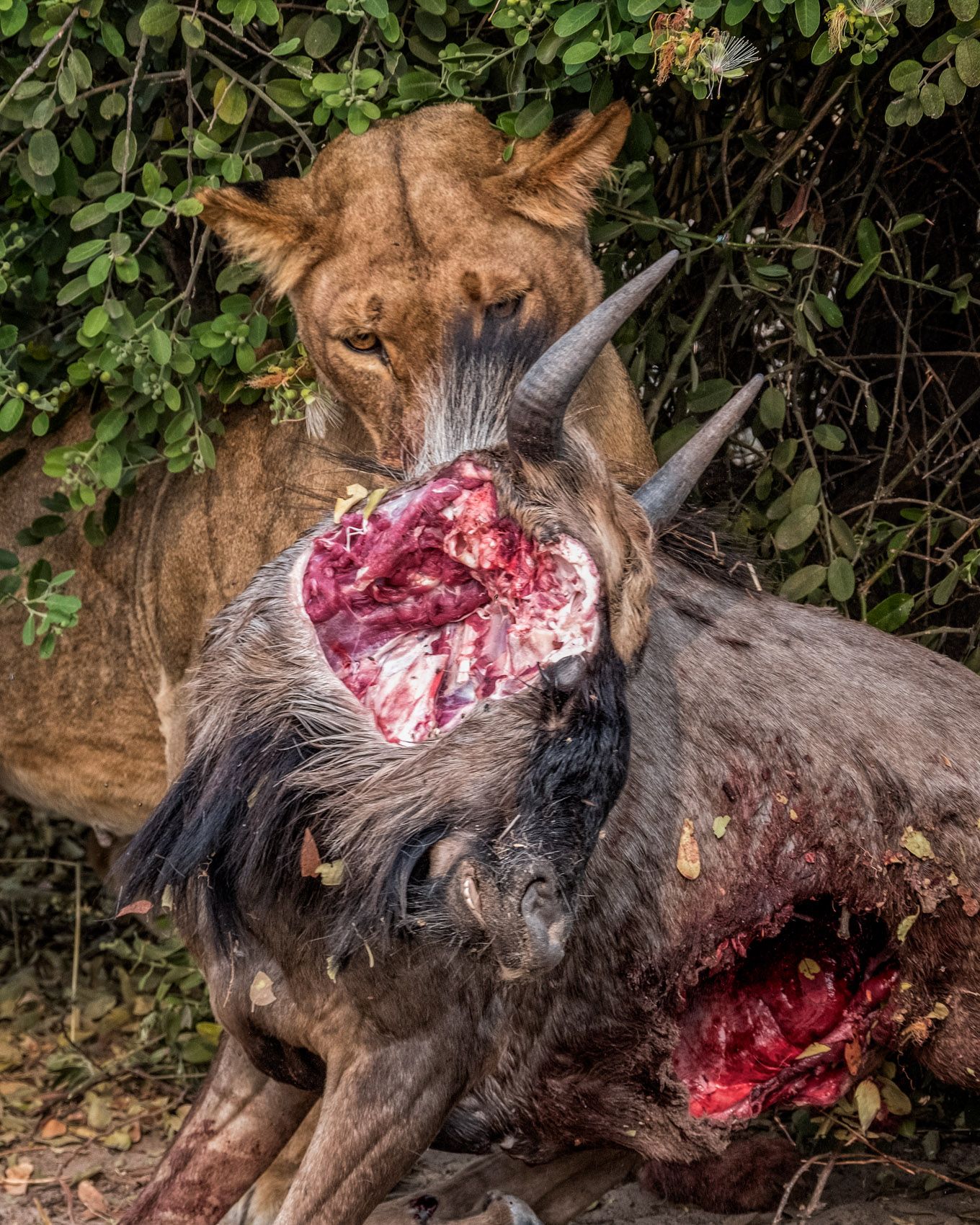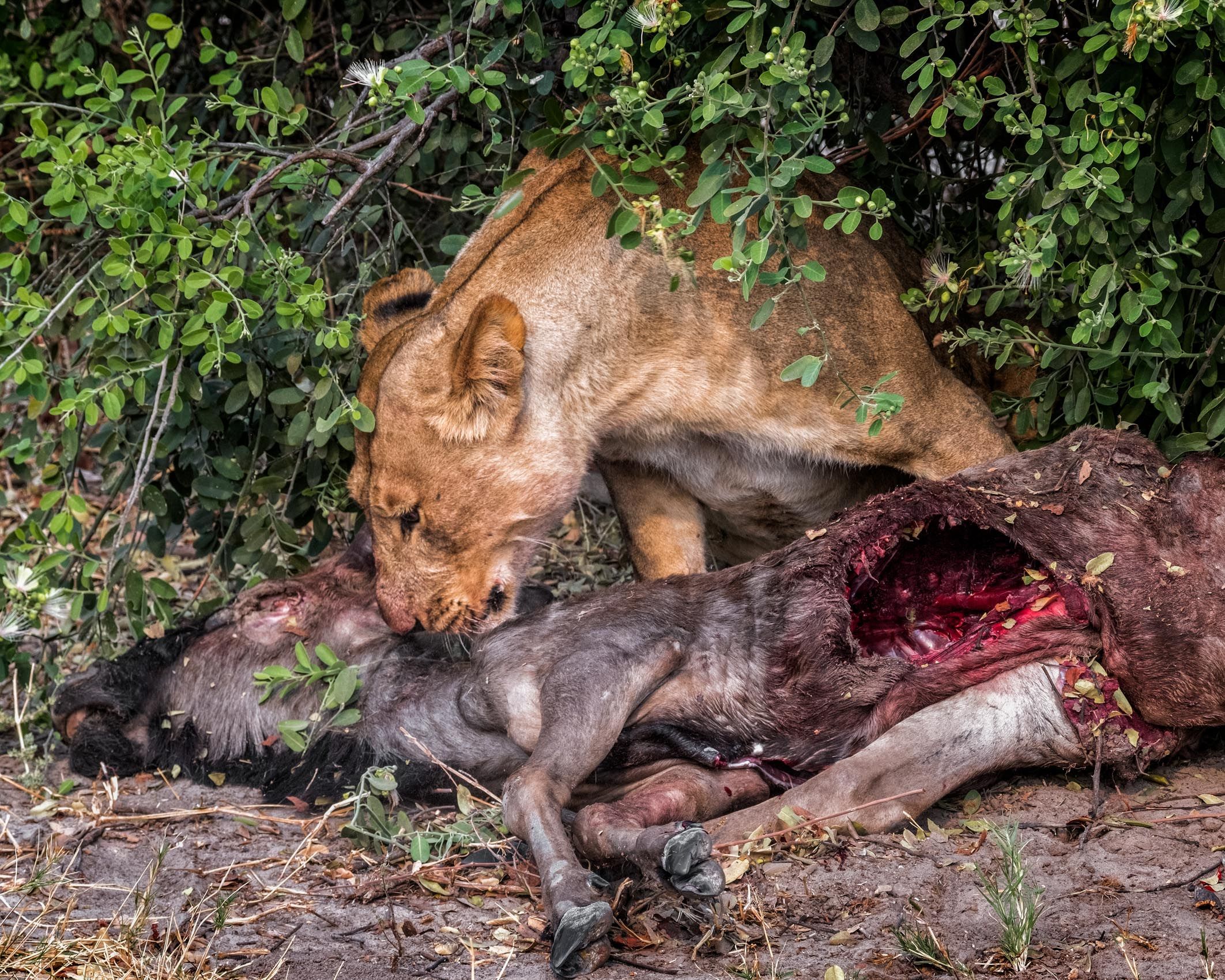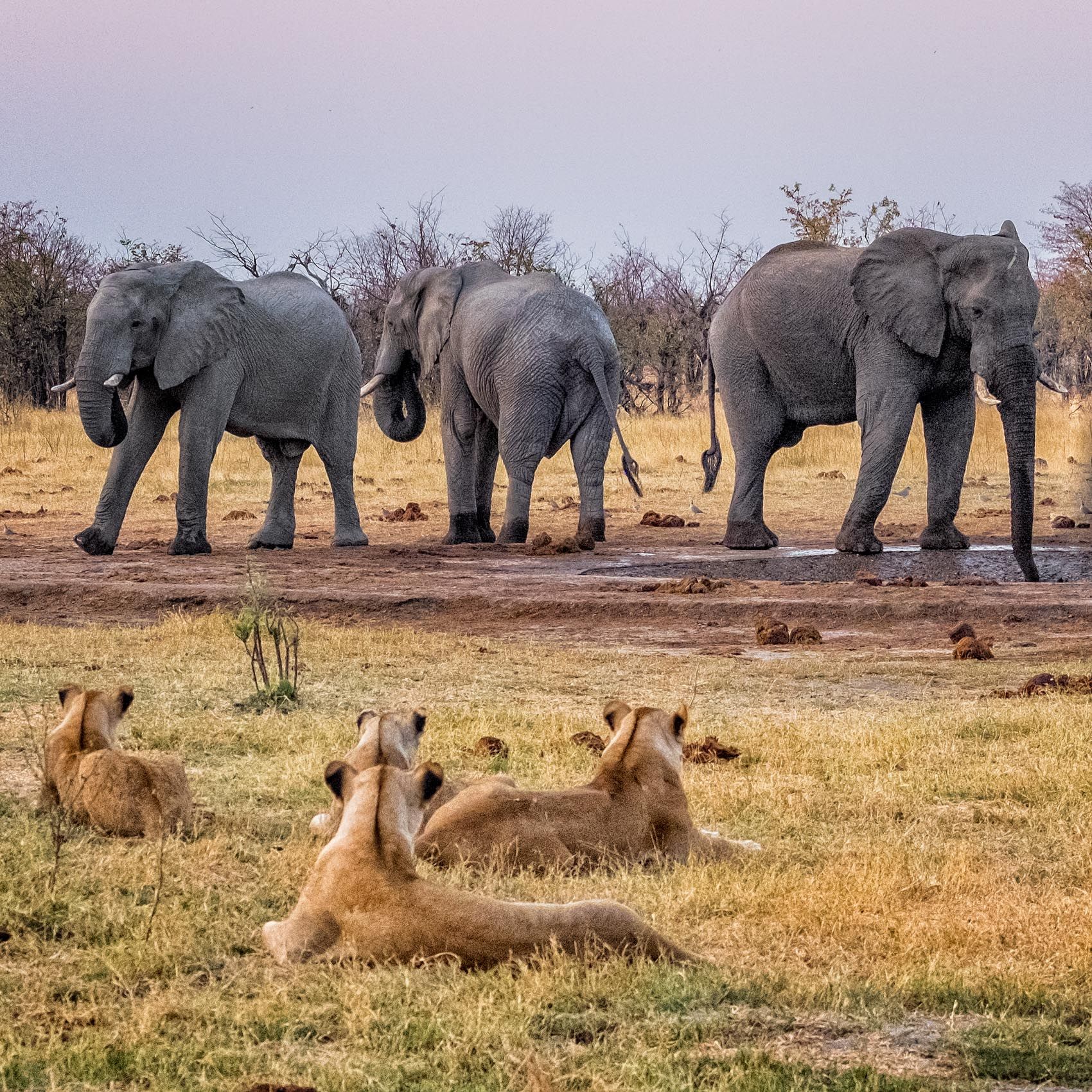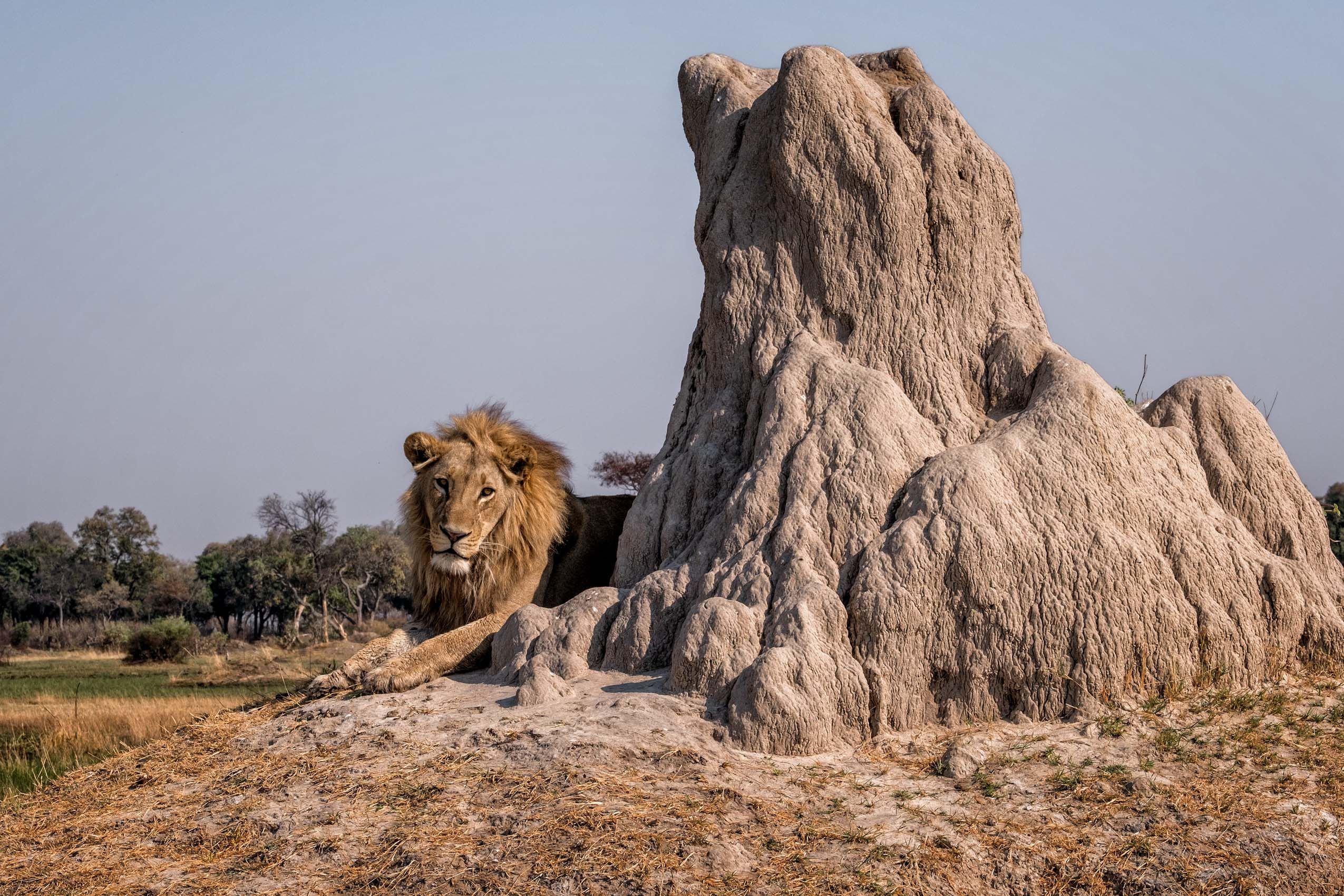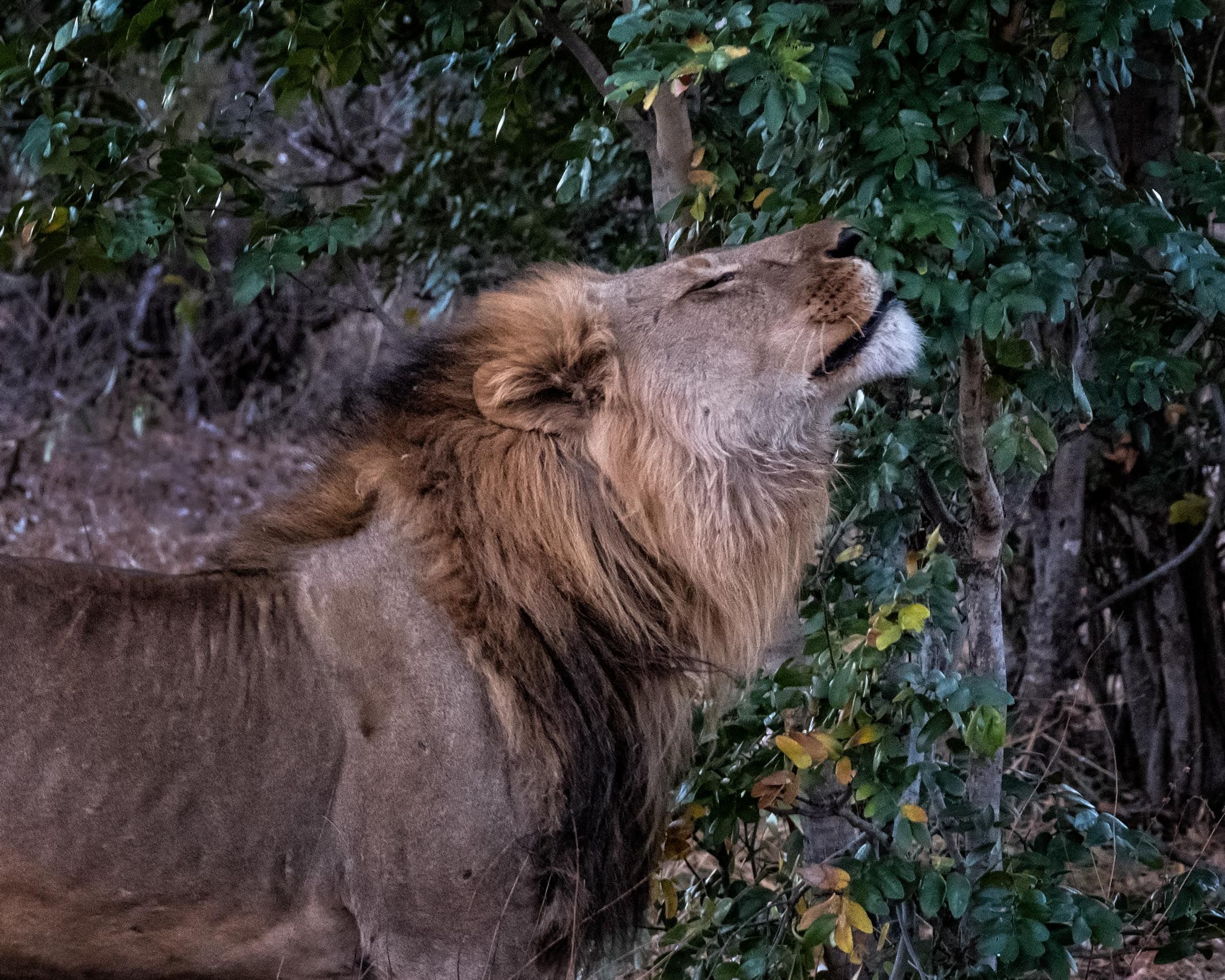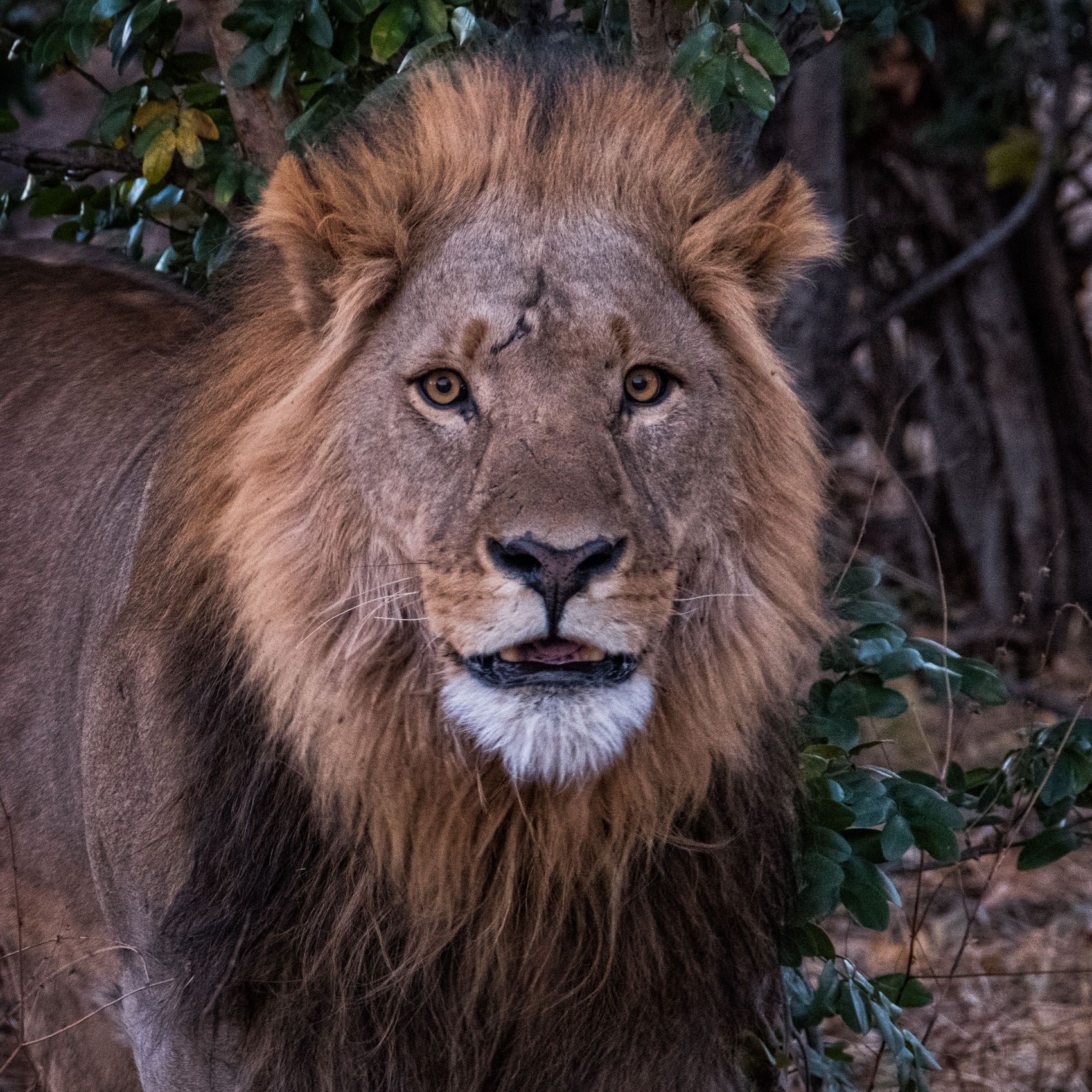BOTSWANA: Wildlife in the Landscape—Okavango Delta, Savute Marsh & Chobe River
The national parks and private concessions that stretch across most of northern Botswana, with their abundant water sources, varied ecosystems and open borders to animal movement, are home to one of the world’s richest and most varied concentrations of wildlife—terrestrial, amphibian, and aerial. Remarkably, as a consequence of millions of years of seismic upheaval, the Okavango River no longer flows into a sea or lake. It rises in Angola and flows southwest into northern Botswana where its waters divide and diffuse into myriad channels, forming floodplains, marshes, grasslands and tree covered islands with constantly shifting contours. Both at the ground and from the air (access is primarily by bush planes flying into landing strips) the landscape is beautiful and distinctive. Savute Marsh is part of Chobe National Park that is seasonally watered by the Savute Channel. In dry periods, as when I was there, the flat landscape is covered by vast grasslands punctuated by rocky outcrops. The area is home to large numbers of lions. The Chobe Riverfront area of the national park includes the river’s wide floodplain. This area contains Africa’s greatest density of elephants, as well as many species of amphibians and water birds. During my visit, a migration of zebra herds was also in progress.
Images in this portfolio include representatives of the following species: zebra, water buffalo, kudu, wildebeest, lechwe, leopard, cheetah, hippopotamus, crocodile, ostrich, hornbill, falcon, stork, roller, owl, baboon, lion



















